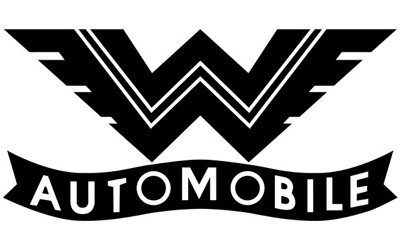
As a brand name, Wanderer goes back to 1886, when it was registered for the bicycles built by the Winklhofer & Jaenicke company, itself founded in Chemnitz a year earlier. In 1896 this was converted into a joint-stock company named Wanderer-Fahrradwerke AG, after which the product programme was steadily enlarged. Starting in 1899 milling machines were sold, of a type the company had previously built for its own use. The first Wanderer motorcycles left the factory in Chemnitz-Schönau in 1902; two years later typewriters bearing the Continental brand name were manufactured, and in 1906 the prototype of the first “Wanderermobil” was seen. The first small car to reach production, however, was the “Puppchen” (“Baby Doll”) in 1913, which became extremely popular. After the First World War Wanderer concentrated on manufacturing small cars until the autumn of 1926, when it changed its policy and ventured into the medium-size category with the Wanderer W 10. This model had a 1.5-litre, four-cylinder engine with an output of 30 hp, and featured all the contemporary automobile engineering innovations then reaching the German market, such as left-hand drive, a central floor-mounted gear lever, a multi-plate dry clutch, the gearbox in unit with the engine block and four-wheel brakes.
Sales were so good that Wanderer built a new factory in the Siegmar suburb of Chemnitz, and moved production of machine tools there as well. Two-wheeled vehicles and office machinery remained at the old factory in Schönau. In the autumn of 1928 the W 11, the first Wanderer to have a six-cylinder engine, was introduced – evidence that Wanderer intended to position its cars farther up-market.
Wanderer had acquired a brand image of exceptional production quality and reliability. Customers were prepared to pay slightly higher prices for these attributes. In the crisis years at the end of the 1920s, an effort was made to maintain sales by means of bodies of modern design and more powerful engines. The will to innovate was undoubtedly present, but demand was so poor that production figures declined rapidly. Wanderer’s automobile division was “in the red”. Motorcycle production had already been sold off to NSU and the Czech businessman F. Janeček. The Dresdner Bank, Wanderer’s largest shareholder, now began to examine the idea of disposing of the automobile side of the business as well, and concentrating instead on machine tool and office machinery production, areas that were still profitable.
In 1885, the two mechanics Johann Baptist Winklhofer and Richard Adolf Jaenicke opened a repair business for bicycles in Chemnitz. Shortly afterwards they began to make bicycles of their own, since demand at that time was very high. These were soon being marketed under the brand name Wanderer, and in 1896 the company itself began to trade as Wanderer Fahrradwerke AG.
Wanderer built its first motorcycle in 1902. The idea of branching out into motor car production was finally put into practice in 1913. A small two-seater by the name of “Puppchen” heralded in Wanderer’s tradition of motor car production that was to last several decades making civilian automobiles until 1941 and military vehicles until 1945.
The first two- or three-seater models used four-cylinder 1145 cc and 1220 cc engines. The 1220 cc model lasted until 1925. The first six-cylinder model appeared in 1928. By 1926, when Wanderer introduced a successful Typ 10, the company was making 25 vehicles a day; parts were made at the old plant in Chemnitz and assembled at the new site in Siegmar, delivered by rail right to the assembly line. Motorcycle production continued in Chemnitz alone.
During the Great Depression, in 1929, the company owner, Dresdner Bank, sold the motorcycle business to František Janeček, and in 1932 divested the rest of Wanderer. The company formed part of Auto Union with Horch, Audi and DKW. Wanderer competed in different segments of mid-priced, small cars.
The Wanderer model (1692 cc four-cylinder) was similar to a parallel DKW model. In 1933, an Audi model was equipped with a Wanderer-built 1963 cc six-cylinder ohv engine. The top model from 1936 to 1939 was W50, propelled by a 2257 cc six-cylinder engine. There were also sporting fours (W24 and W25) and another six-cylinder model of 2632 cc (W23). Wanderer cars were always admired for their high quality and sporting character.[citation needed] In 1941 all civilian production was replaced with military vehicles. A subcamp of Flossenbürg concentration camp, KZ Siegmar-Schonau, was operated during the war to provide slave labour for the Wanderer vehicle plants.
The Siegmar and Schönau plants in Saxony were destroyed during World War II, closing this chapter in the history of automobiles. Post-war efforts to restore East German auto industry concentrated on Auto-Union facilities in Zwickau and Zschopau: Wanderer plants never recovered. Wanderer managers migrated to West Germany, being instrumental in the recovery of DKW.
Wanderer Fahrradwerke AG
Starting on October 1, 1897, after Wanderer had been converted into a joint-stock company in 1896 (and renamed Wanderer Fahrradwerke AG), Johann Baptist Winklhofer became its sole director. In 1902 he withdrew from this position and joined the company’s Supervisory Board, where he remained a member until 1929. In 1916 he established a second company in Munich, initially to manufacture munitions for the armed forces, and later transmission chains for machinery and motor vehicles. These were successfully marketed as the brand IWIS, an abbreviation of the name Johann Winklhofer Söhne (Sons).
Dates in the history of Wanderer
- 1885. On February 26, establishment of “Chemnitzer-Velociped-Depot Winklhofer & Jaenicke”
- 1887. On January 4, adoption of the WANDERER name for the company’s bicycles
- 1896. Change of company name to WANDERER Fahrradwerke AG, formerly Winklhofer & Jaenicke, Schönau/Chemnitz, on May 5
- 1900. Start of machine tool production
- 1902. Start of motorcycle production
- 1904. Start of typewriter production (“Continental” brand)
- 1905. First experiments in automobile design
- 1908. From January 15 on: WANDERER Werke, formerly Winklhofer & Jaenicke AG; capital: 1.6 million Marks, increased in 1915 to 5.25 million Marks
- 1913. Start of WANDERER automobile production
- 1918. By this year, well over 10,000 motorcycles and over 2,000 automobiles had been built.
The price of the 1.5 hp motorcycle was some 750 Marks; the WANDERER Puppchen automobile cost 4,000 Marks - 1926. The Wanderer W 10 with a 30 hp, four-cylinder engine appeared on the market. This model was available in various versions until 1932
- 1927. Wanderer’s car production operations were moved from the main plant in Chemnitz-Schönau to a newly erected plant in the Chemnitz suburb of Siegmar
- 1928. The new Wanderer six-cylinder Type W 11 extended the model range upwards
- 1929. Wanderer motorcycle production wound down. The production facilities were sold off to NSU and the Czech company Janacek. Establishment of the JAWA company (Janacek/Wanderer) in Prague
- 1931. Ferdinand Porsche developed a modern generation of six-cylinder engines for Wanderer Werke AG
- 1932. Wanderer Werke AG sold off its car division to Auto Union AG. The machine tool, office machinery and bicycle production divisions remained within Wanderer Werke AG

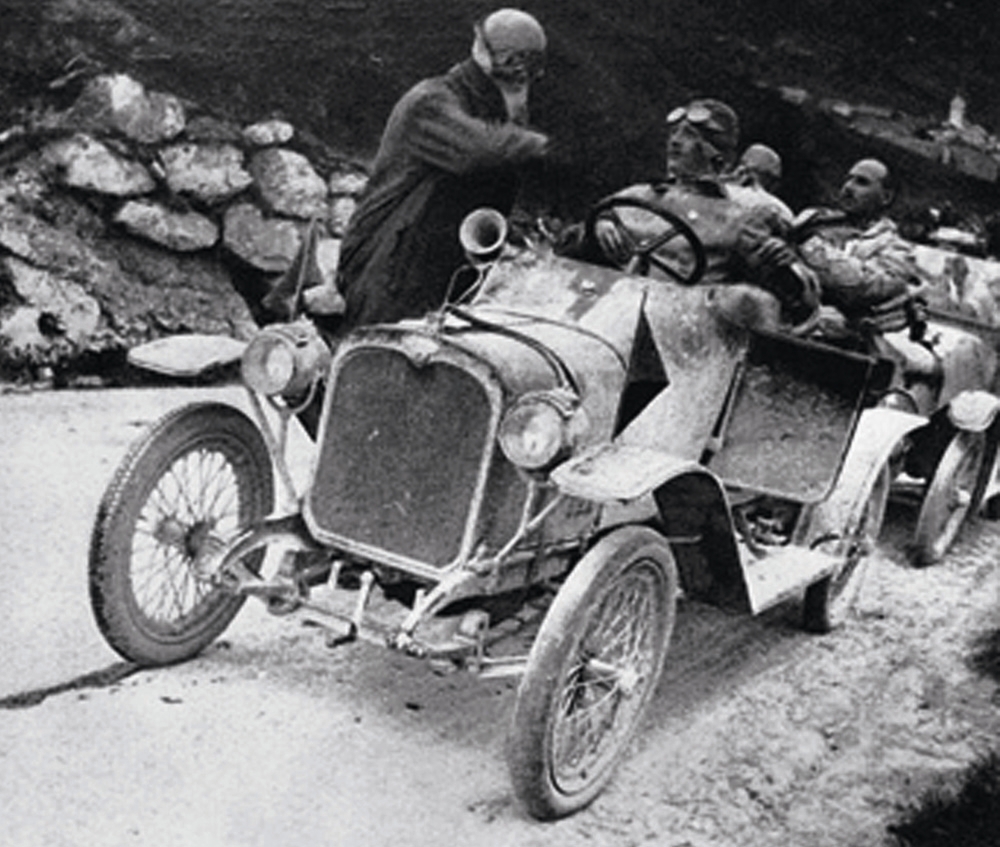
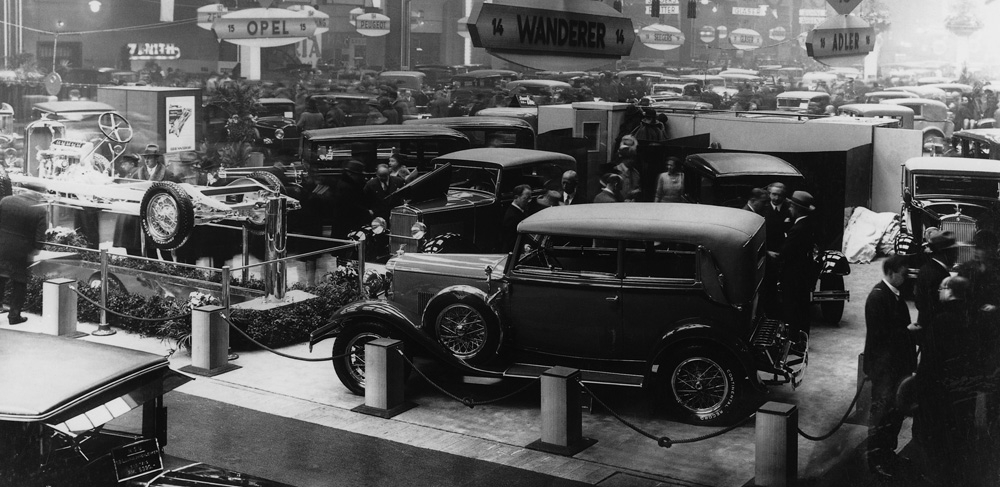
Wanderer W11 convertible, 2.5 litres, six-cylinder inline engine, 50 hp.
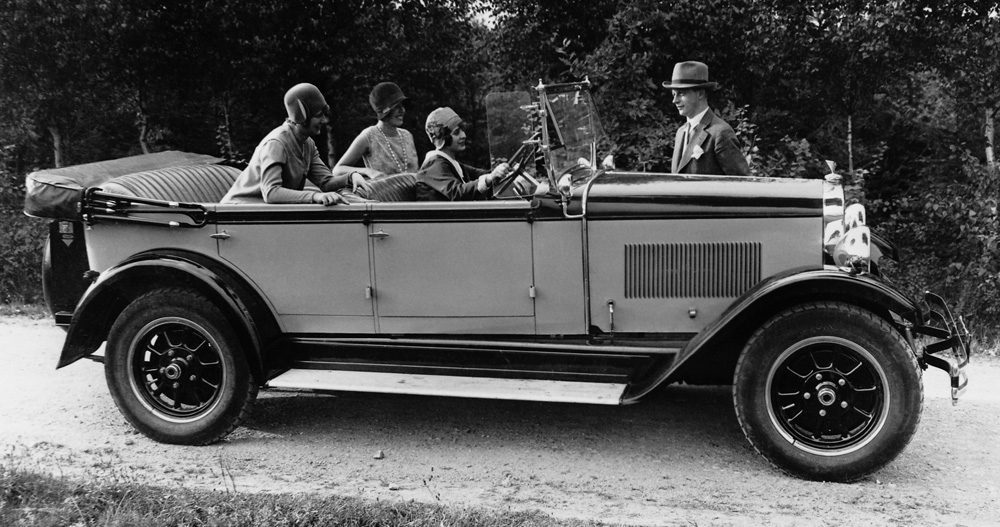
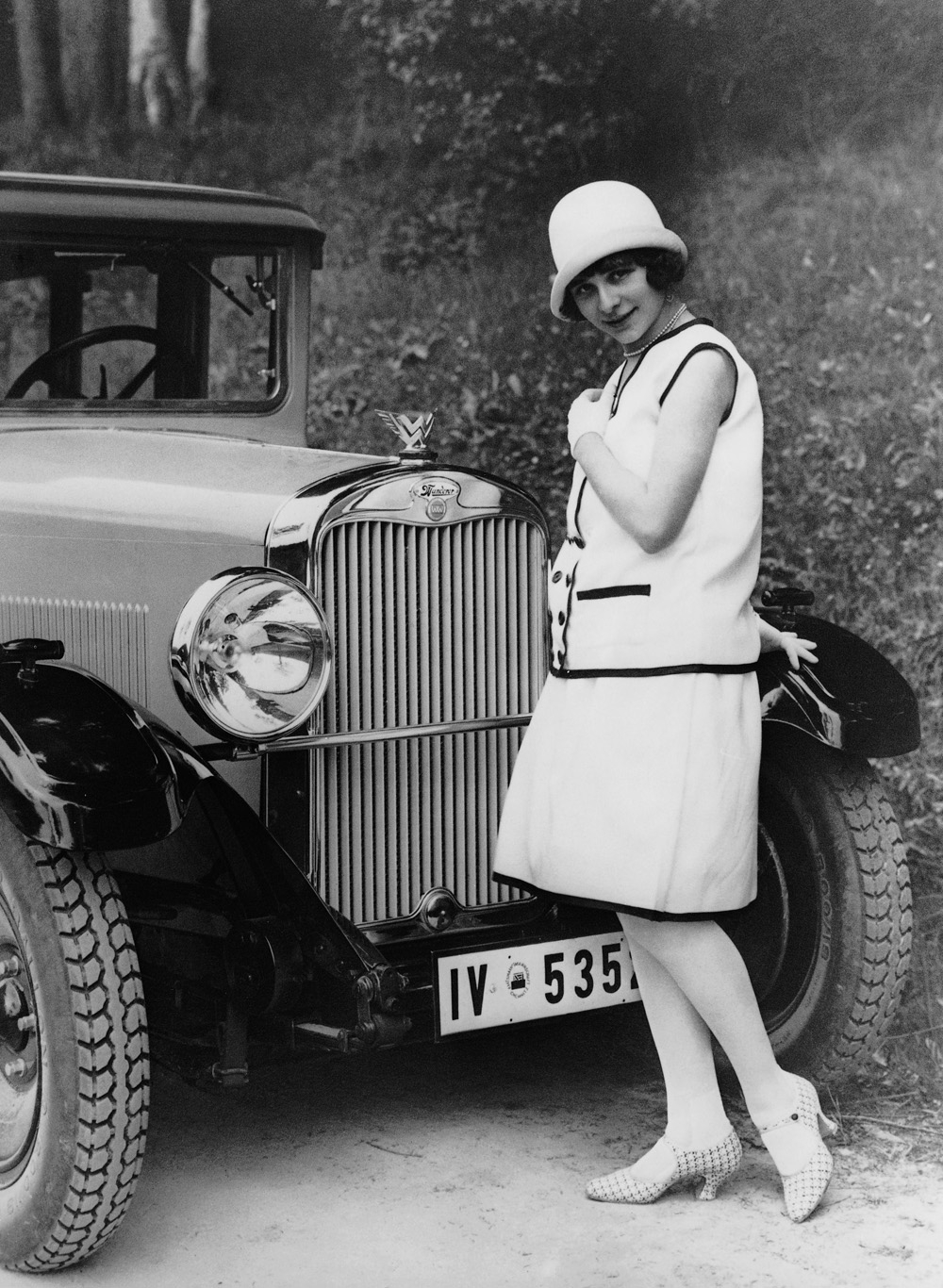

Wanderer W11 (1930–1933) – Wanderer W22 (1933–1938)
Wanderer W22 (1933–1935) Wanderer W240 (1935–1936) Wanderer W40 (1936–1938)
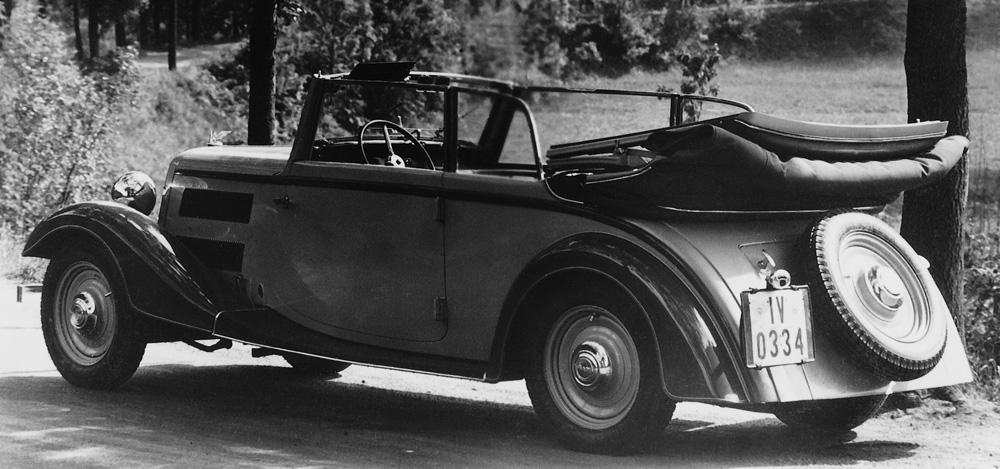
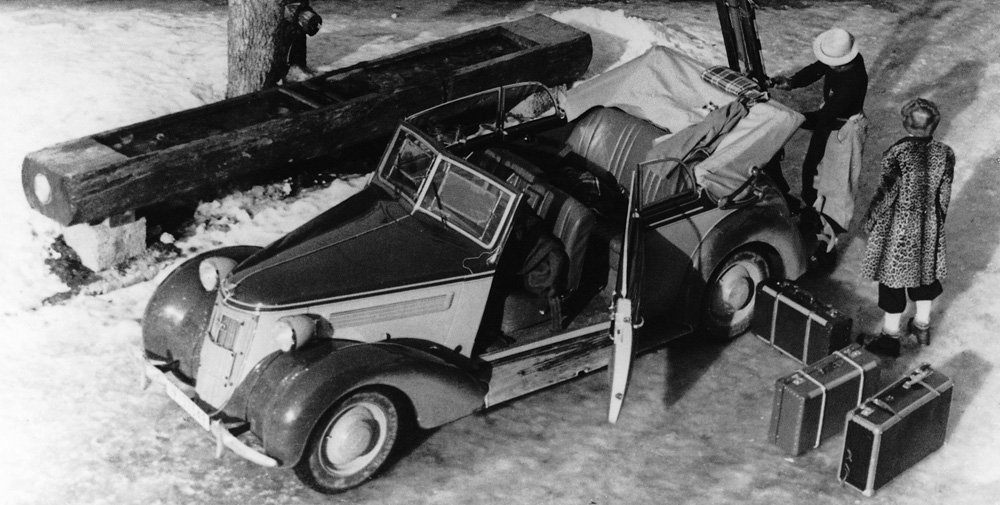
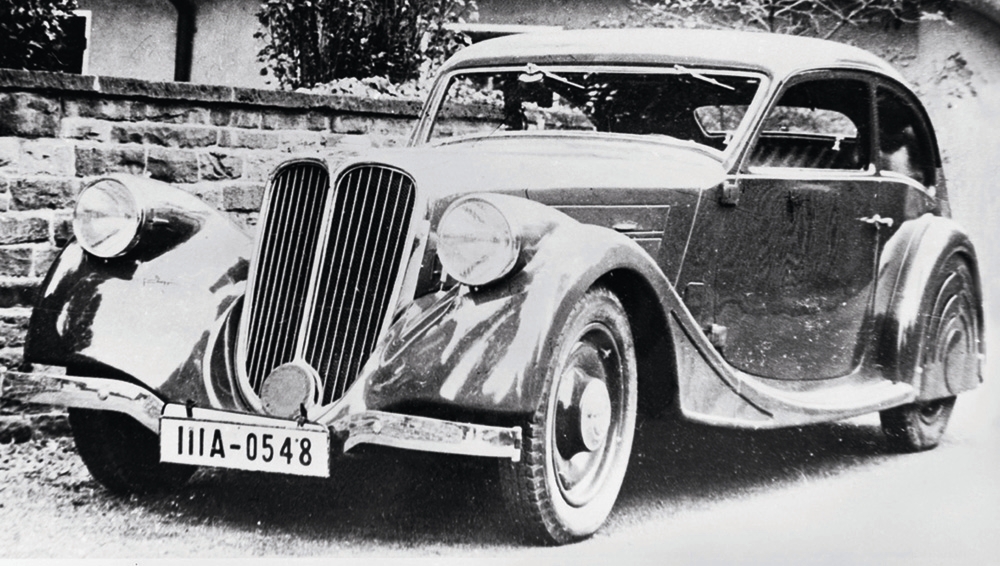
When the Auto Union was formed, Wanderer introduced a model with a six-cylinder overhead valve (OHV) engine designed by Professor Porsche. It had a light alloy cylinder block. Wanderer had already enlisted Ferdinand Porsche’s services in 1931. Using the new engine, the company began to develop cars with modern chassis and bodywork. In 1933 these models had a rigid front axle and swing-axle rear suspension (Types W 21/W 22), but in 1936 independent front suspension was adopted (W 40, 45, 50). The models sold in the transitional period of 1935 had three-digit type numbers (W 240, 250 etc.).
The OHV engine, which was reliable but very expensive to build, was replaced in 1937 by a new generation of side-valve engines: a four-cylinder, 42-hp unit in the W 24 model and a six-cylinder with an output of 62 hp in the W 23, W 26 and W 52. These engines, and also the chassis, were already largely standardised. The Wanderer W 51 model line and the W 25 K sports car with supercharged six-cylinder engine acquired a new Auto Union-styled body in 1936. Influenced by contemporary American cars, this styling would be found from that time on – modified to a greater or lesser extent – on all the Group’s new models.
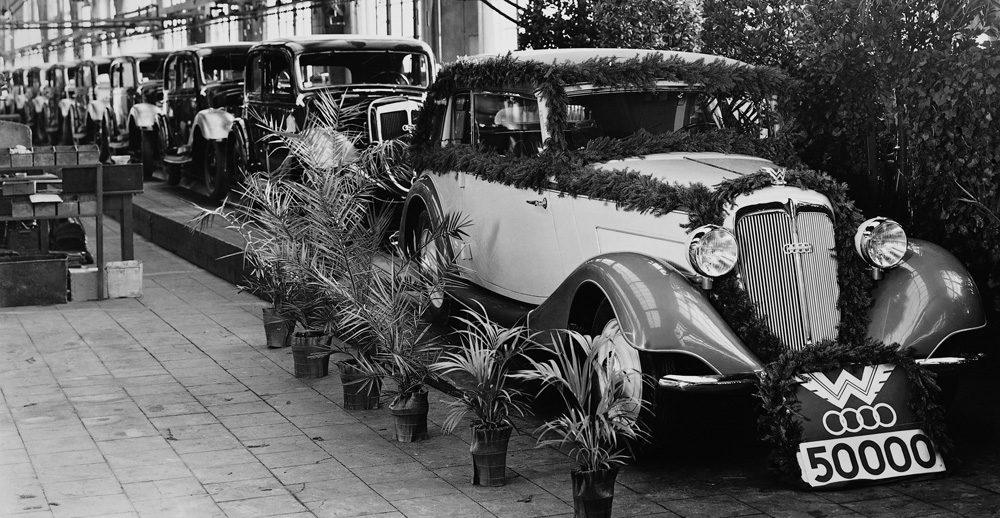
1936; Wanderer W50, convertible, six-cylinder inline engine, 2.3 litres, 50 hp.

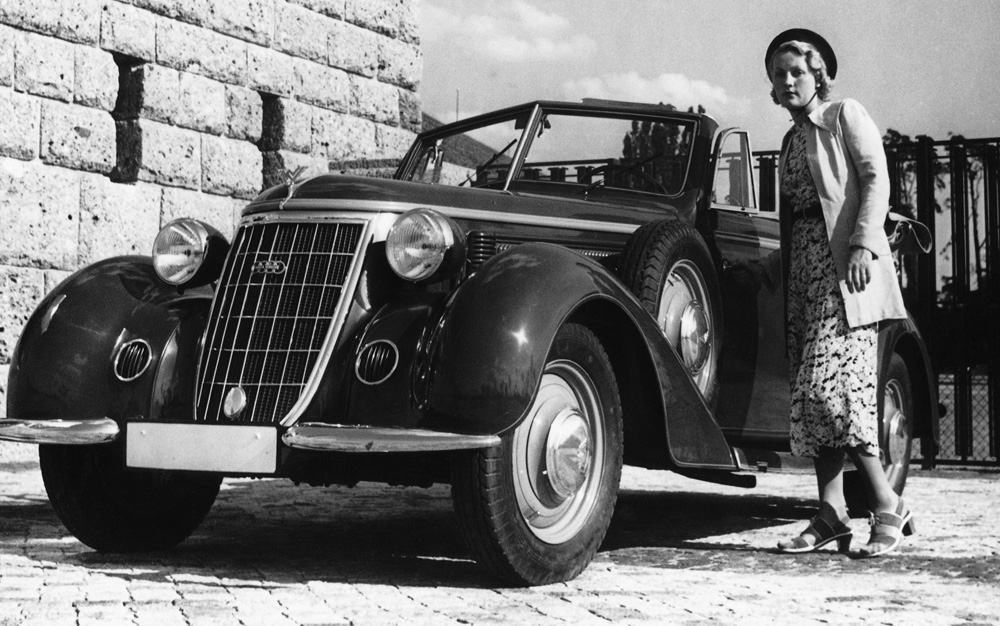


In the late 1930s, the company planned to erect a factory in Chemnitz to utilise the very latest continuous assembly-line production methods. It was intended to build DKW and Wanderer cars there in high volume, but the outbreak of war put paid to these plans and the factory was never built. In 1938 production of Wanderer cars increased fivefold. One in four passenger cars registered for the first time in Germany in 1938 came from the Auto Union.
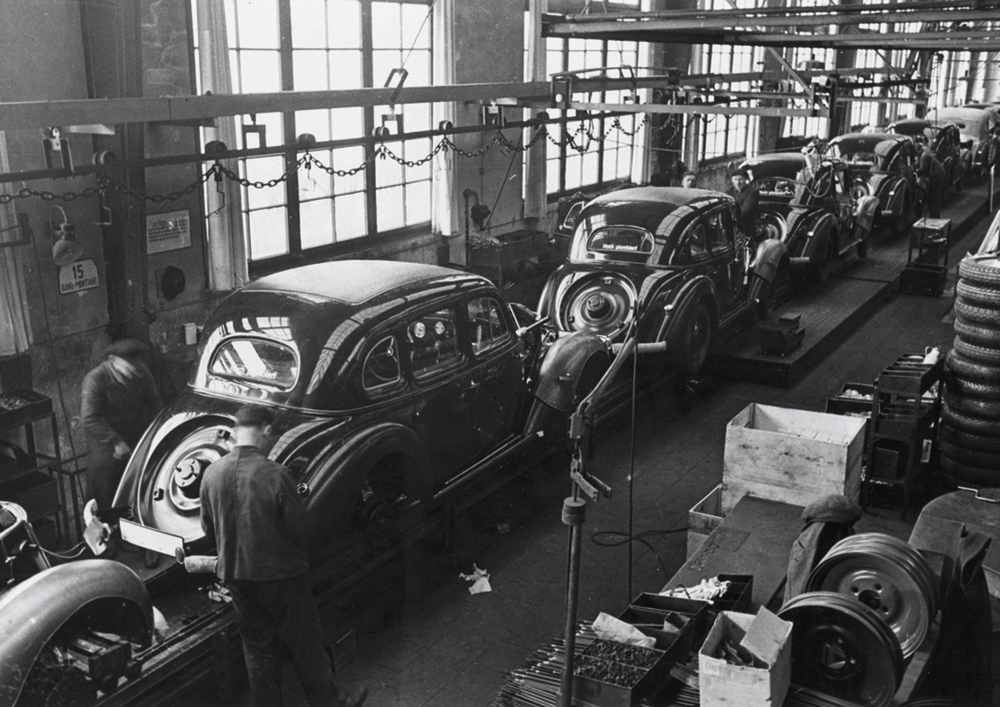

You must be logged in to post a comment.